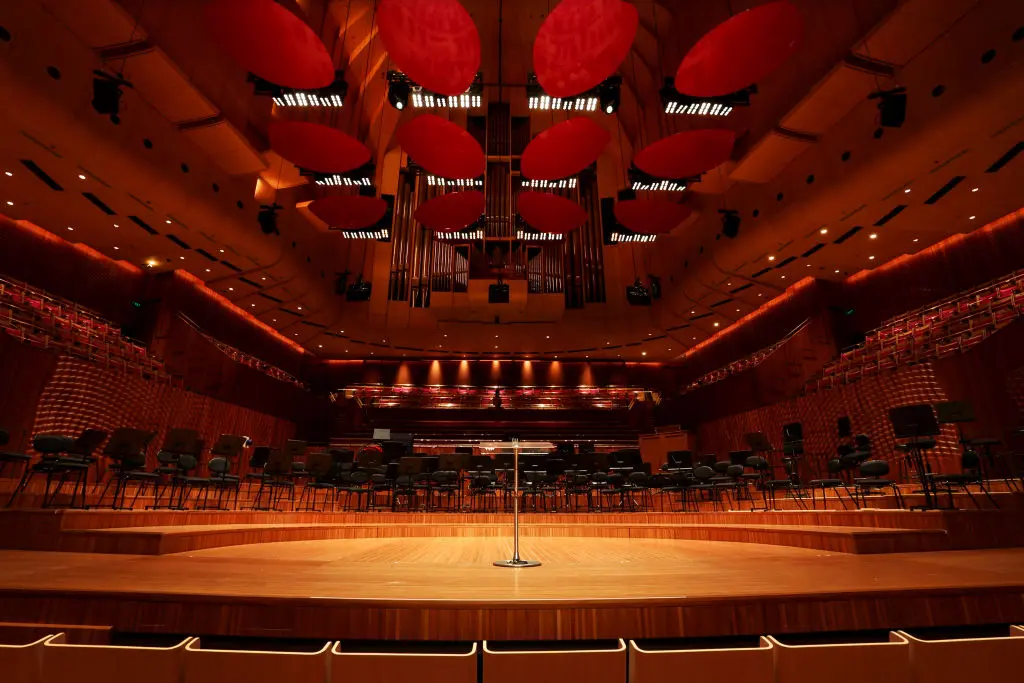Samoa’s incoming prime minister has pledged to scrap a US$100 million Chinese-backed port development, saying it is excessive for the small Pacific island already saddled with major debts to Beijing.
The move comes amid growing concerns over the Chinese Communist Party’s (CCP) soft power push into the South Pacific region and represents a major policy shift in the nation.





